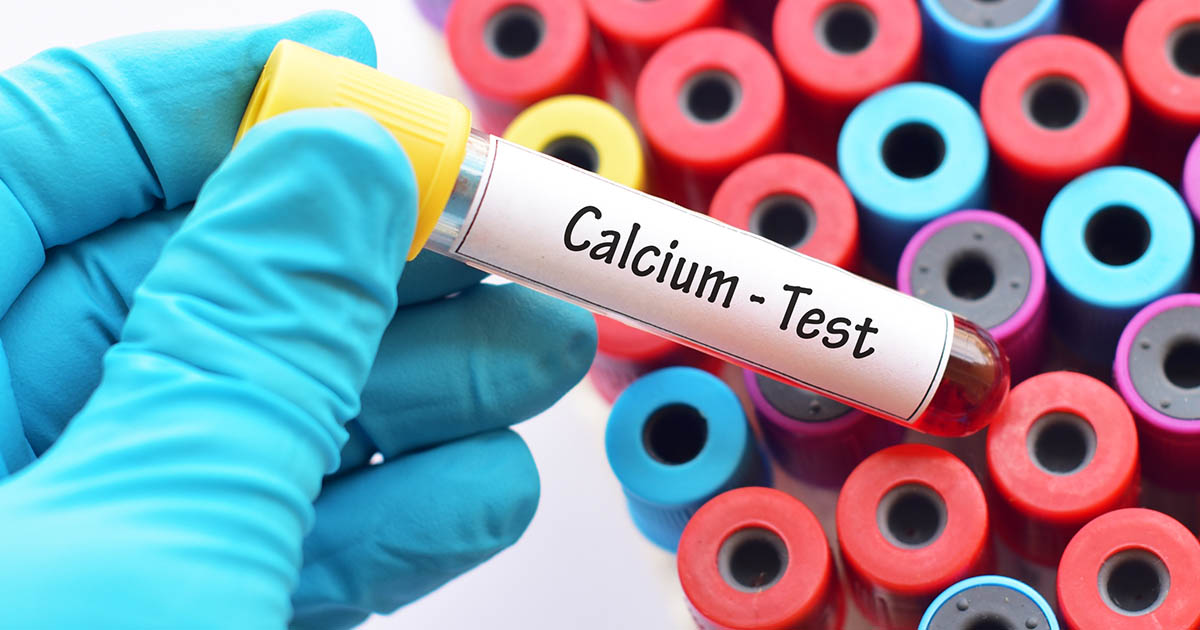Guide To Dermatomyositis Complications And Related Conditions
Dermatomyositis is a term used to encompass several diseases of the muscle referred to as inflammatory myopathies. These diseases feature an initial skin rash followed by chronic muscle inflammation and muscle weakness. The population most commonly affected by dermatomyositis is children from five to fifteen years old and adults between their fourth and sixth decade of life. The exact cause of dermatomyositis is not clear, but it is thought to involve an infection of the skeletal muscle tissue or inappropriate autoimmune response. Dermatomyositis does not currently have a cure, so treatment focuses on the management of symptoms. Drugs that suppress the autoimmune system, corticosteroid medication, and intravenous immunoglobulin are utilized to decrease inflammation for individuals who do not get relief from prednisone. To prevent muscle atrophy and to restore muscle strength, physical therapy is often needed.
Aspiration Pneumonia

Aspiration pneumonia is a serious infection of an individual's lung caused by the inhalation of certain substances. This infection may occur when vomit, food particles, saliva, and stomach acid travels up the esophagus and into the affected individual's airways and lungs. These particles in the lungs make a favorable environment for the colonization of bacteria. When bacteria multiply and initiate an immune response at the site, the lungs produce thick mucus and pus, which fills up the alveoli or small air sacs in the lungs. This type of backward movement of food or other particles is common in individuals who have difficulty with swallowing their food. Symptoms of aspiration pneumonia that complicate dermatomyositis include chest pain, wheezing, sweating, fever, blue skin discoloration, cough, green sputum, and fatigue. Dermatomyositis patients are more susceptible to this type of infection because the muscles that control swallowing and moving food down the esophagus into the stomach are affected by dermatomyositis. These muscles become too weak to stop the aspiration of particles into the lungs.
Calcium Deposits

Calcium deposit is a condition where irregular quantities of calcium phosphate are displaced in the soft tissue of the affected individual's body. The displaced calcium hardens in these tissues, forming nodules that may be painful, cause skin ulcers, and impede normal function. Calcium deposits in an affected individual tend to be the most problematic when they develop in the joints, such as the wrists and feet. The exact mechanism that causes the development of deposits of calcium in dermatomyositis patients is not fully understood. However, these deposits may be associated with changes to the individual's blood vessels and inflammatory damage in the tissues from dermatomyositis. Calcium deposits are more likely in children affected by dermatomyositis than they are in adults with the condition. In individuals who have calcium deposits as a complication of their dermatomyositis, the deposits usually develop within the first three years that follow their diagnosis.
